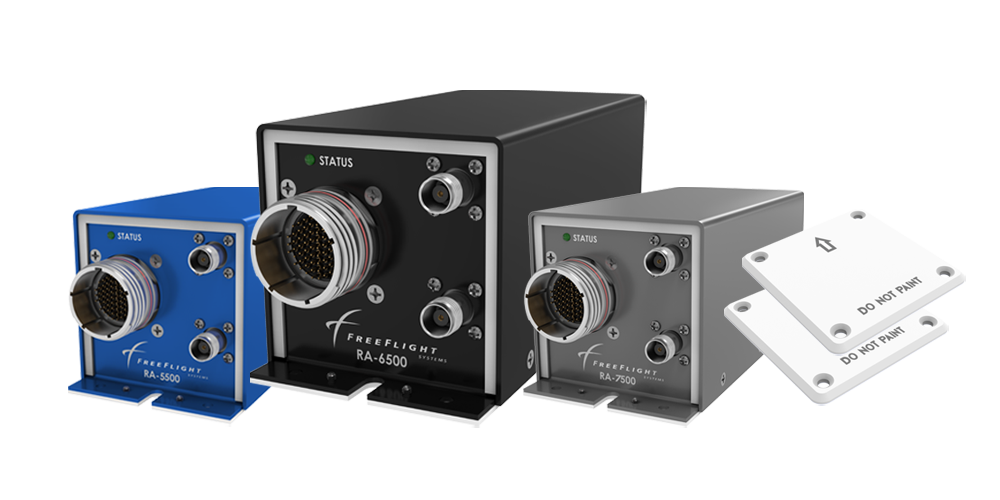FreeFlight Systems has released a new series of radar altimeters designed to mitigate potential interference from 5G networks.

The new radar altimeters — known as the Terrain Series — are the fourth generation to be created by FreeFlight, and feature redesigned circuitry to withstand 5G interference and increase availability and reliability in challenging environments.
The U.S. Federal Communications Commission made the 3.7-3.98 GHz frequency band available for flexible use — including 5G networks — in December 2020. According to a report from the RTCA — a not-for-profit corporation formed to advance aviation and aviation electronic systems — 5G networks in this band may introduce harmful radio frequency interference to radar altimeters currently operating in the globally-allocated 4.2-4.4 GHz aeronautical band.
“Not only does the Terrain series have the hardware and software changes in them mitigate the 5G interference, but they’re designed specifically to be extremely robust and reliable for all of those different markets that a radar altimeter is required for,” said Ashley Ring, VP of sales and marketing at FreeFlight. “It goes beyond being a radar altimeter designed for terrain avoidance and for providing decision height. As next-gen aerospace continues to evolve, radar altimeters will be used for other things like vertical guidance and navigation.”
The Terrain Series includes the RA 5500, RA 6500 and RA 7500 to cater to different aviation markets. The RA 6500 is the first to be released and is targeted at the Part 29 Heavy Rotorcraft and business jet markets.
The system has an update rate of 25 times per second (25 Hz), frequency-modulated continuous-wave (FMCW) at 4.3 GHz center frequency, an altitude range of -20 to 2,500 feet (-6 to 760 meters), antenna response angles of up to ±20 degree pitch and ±30 degree roll, and a service ceiling of 55,000 feet (16,765 meters).
The RA 6500 includes the ARINC 552 legacy interface, which allows integration with legacy analog indicators to simply the retrofit of the system. It can also be paired with FreeFlight Systems’ RAD45 standalone indicator for an additional display option.
FreeFlight said the system’s small footprint allows it to be installed in place of legacy altimeters, while existing antennas can be used “in most installations.”
The company has designed and engineered the Terrain series from scratch at its base in Irving, Texas, and has been working on the design for the last couple of years.
FreeFlight is already in discussions with two partners to gain supplemental type certificates (STCs) for the RA 6500 system with different aircraft types.
The Terrain series will be available for retrofit as well as through OEM-installations in new aircraft on the production line.
Ring said the potential market for the series is “huge,” with FreeFlight’s reliability — a claimed 106,000 hours of mean time between failures — providing a point a difference.
“We have gotten a lot of great feedback from this product,” said Ring. “It’s really a legacy FreeFlight product, it’s designed to be easily installable, customers can use existing cabling and antennas, and even existing displays in their cockpit. We’re not asking them to change anything about how they fly or what they’re doing; we’re really just giving them a better sensor so that they can continue to do what they need to do in the air.”
FreeFlight is targeting first shipments of the Terrain series in September/October this year, along with a technical standard order (TSO) from the Federal Aviation Administration and the first STCs for the product.








